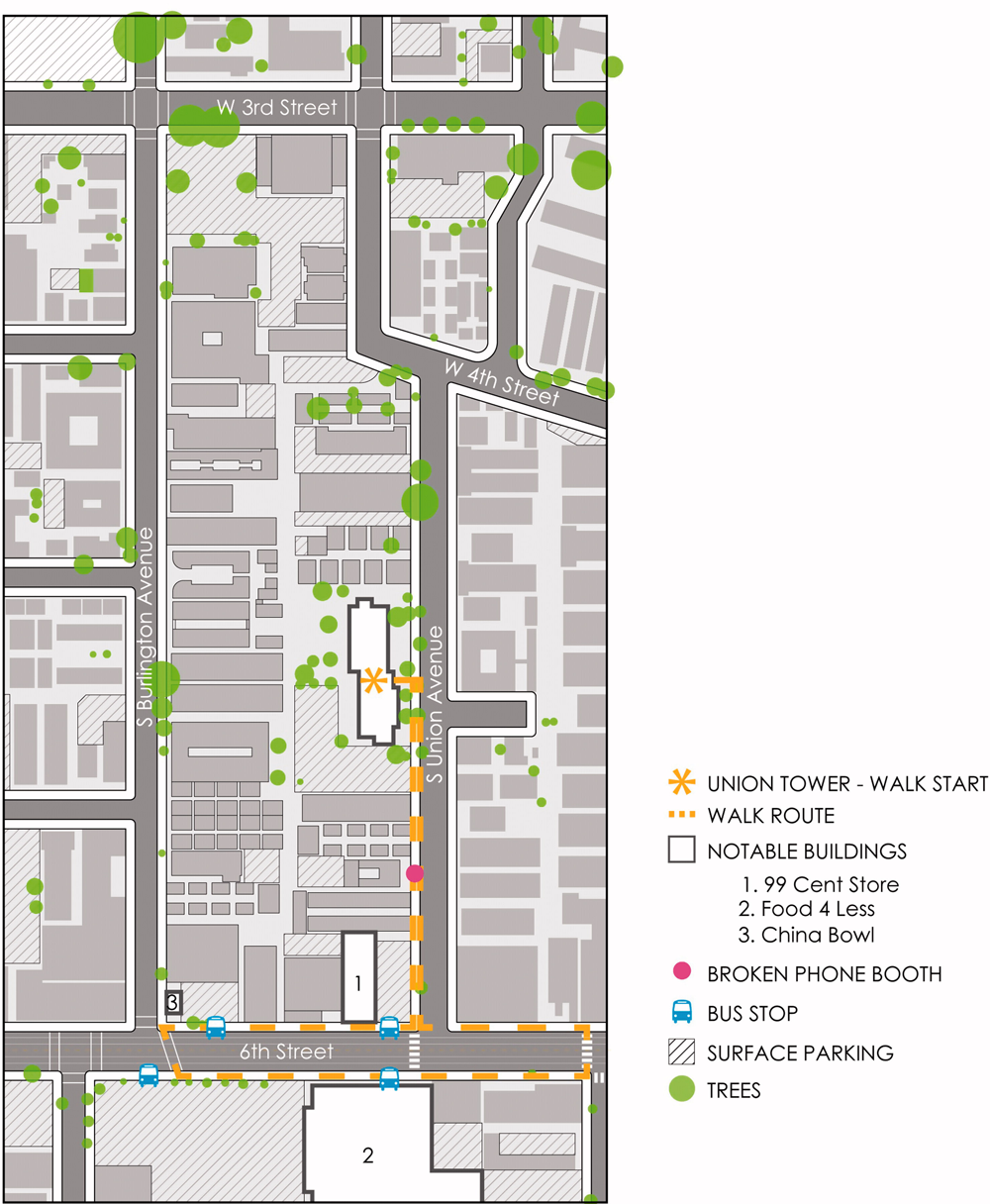Uncovering JAPA
Painting a Richer Picture of Older Adults' Mobility Needs

The Baby Boomer generation is aging and the proportion of the U.S. population over 65 is growing at a faster rate than any other age group. Planners must ask: How can cities be made more accessible for this aging population, including many who have significant mobility issues?
Understanding Diverse Aging Experiences in Transportation
At the same time, not all older adults age at the same rate or in the same way, and therefore any work to engage this population must also ask how their experiences vary along lines such as race, income, and geographic location.
These questions motivate Anastasia Loukaitou-Sideris, Martin Wachs, and Miriam Pinski in their article, "Toward a Richer Picture of the Mobility Needs of Older Americans" in the Journal of the American Planning Association (Vol. 85, No. 4).
The authors point out that commonly used data sources on mobility — such as census data and the California Household Travel Survey — provide high-level insights but fail to provide much detail about the travel experiences of older adults.
Improving Walkability Through Community Engagement
They turn to qualitative methods to paint a fuller picture, including interviews, focus groups, and walking audits with a group of 81 older adults in the Westlake neighborhood of Los Angeles — known to have a high percentage of lower-income older adults.

A walking audit in LA during which participants were asked to describe their experience as they walked around a neighborhood block. From "Toward a Richer Picture of the Mobility Needs of Older Americans," Journal of the American Planning Association (Vol. 85, No. 4).
This map shows one such walking audit, during which the authors asked participants to describe their experience as they walked around a neighborhood block.
The qualitative data allow the authors to see trends that quantitative data miss.
For instance, travel surveys and census data show that inner-city older adults walk and use public transportation for the majority of their trips and tend to live in dense, seemingly "walkable" neighborhoods. Qualitative data reveal that they still have many concerns around walking that city governments can address. These include fear of crime, frequent traffic and speeding vehicles, and discomfort on crowded or littered streets that they use several times per day.
By highlighting these conclusions, the authors show an important example of how planners need to supplement quantitative research by directly engaging diverse groups of residents to learn from them and shape proposals.
While focused on low-income, minority older adults, the article has implications for transit accessibility broadly, particularly for people with disabilities in dense, inner-city neighborhoods.
For instance, the authors recommend prioritizing sidewalk repairs in areas having high concentrations of older adults, increasing bus driver awareness of older adult mobility issues, and increasing the walk time at crosswalks (à la Grace and Frankie Season 5, Episode 4).
All of these recommendations would be useful for people with mobility issues, which suggests that planners might consider wider societal benefits when trying to get these measures implemented — especially in areas where there is little political will to channel municipal funding towards low-income, minority, and older adults.
Top image: An older woman walks near the Westlake building in LA. From "Toward a Richer Picture of the Mobility Needs of Older Americans," Journal of the American Planning Association (Vol. 85, No. 4).


